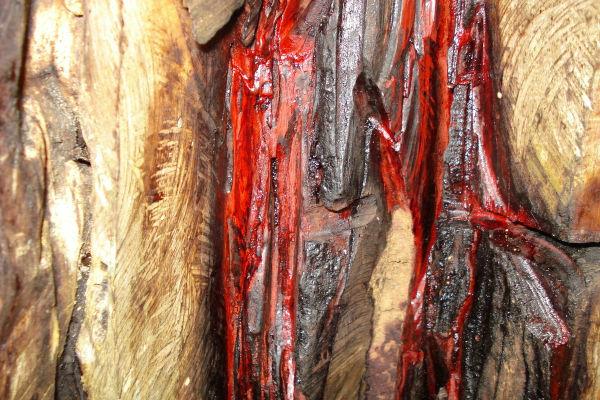At the beginning of Brazilian colonization, the Portuguese sought to undertake economic actions that would establish a profit for the Lusitana Crown. From the year 1530 onwards, the installation of the first sugarcane plantations required a high number of workers that could not be obtained in a country as small as Portugal.
It was then that slavery emerged as an opportunity to solve this demand for labor and, at the same time, increase profits with the agro-export activity to be developed here. Among the enslaved peoples, Brazilian indigenous peoples had their work force used by the Portuguese, as well as the African populations that were also colonized by the Portuguese.
Turning into a lucrative activity for the Portuguese, the traffic of African slaves to the Brazil began the capture, transport, sale and systematic exploitation of various peoples on the continent African. Between the 16th and 19th centuries, the number of people removed from their places of origin to have their work force used in Brazilian lands was enormous.
In addition to the number of Africans turned into slaves, we must also point out that an enormous number of prisoners died in the holds of slave ships. Accommodated in degrading conditions and subjected to an inadequate diet, almost half of the blacks brought from Africa ended up dying in the crossing of the Atlantic Ocean.
Even though it ended in 1888, black slavery still had different effects on Brazilian history. Despite the liberation, the black population of Brazil still suffered from prejudice and the imposition of low wages. Recent research shows that black people who exercise the same function or position as a white person receive lower salaries.
For some years the Brazilian government has been taking some actions to alleviate the negative effects of slavery. Under our law, carrying out racist insults or any type of discriminatory activity for a similar reason is punishable as a crime. At the same time, several actions and debates have been carried out to overcome these regrettable marks left by slavery in Brazil.
By Rainer Gonçalves Sousa
Kids School Collaborator
Graduated in History from the Federal University of Goiás - UFG
Master in History from the Federal University of Goiás - UFG

